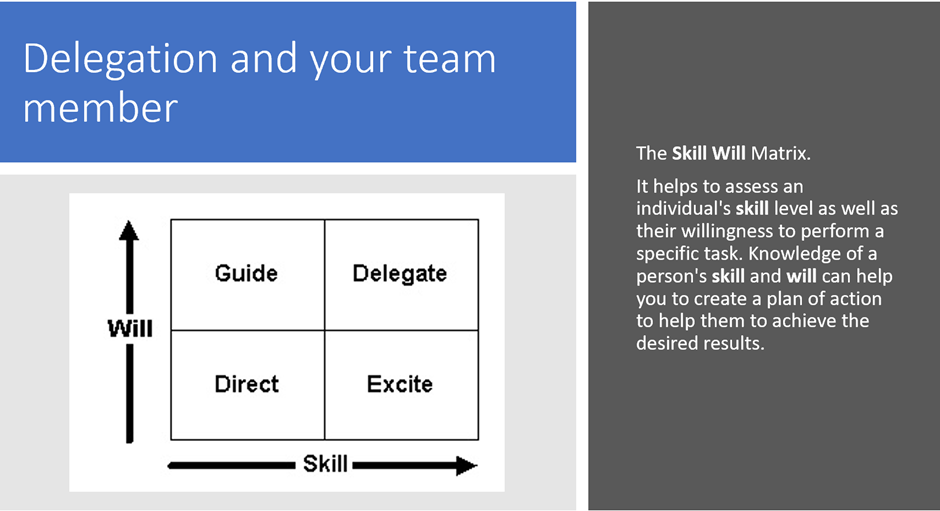As a small business owner or leader one of the questions you may find yourself asking is; where do I start? Every bit of my business needs me and as soon as I focus on one area I’m worried about another.
The plumbing analogy might help you to focus on the right area. It’s a simple and visual way to model and analyse your business flow.
Looking at this diagram below, where should the manager focus their efforts to increase the flow through to the bucket?
- Change the storage tank A?
- Change into a bigger bucket H?
- Change pipe section D?

Tank A could be sales coming in, which looks healthy enough so we could be tempted to increase the flow of value through the business by investing more in sales. But, when we get to pipe D, here we see the flow slowing, leaving E and F at half capacity at most. There is wasted capacity in E and F and the value flow (water) is limited by the time it goes through G and arrives in the bucket.
Some of your management activities may not always be this clearly dependent on each other but this is still a useful analogy to help you think about where the blockage in your business is.
Key points
- Don’t ignore the thin pipes or obstacles
- Make sure the thin pipeline is always full, any spare capacity here really impacts the subsequent flow
- Don’t invest your time and resources where things are running smoothly if there is a blockage later on in the system




